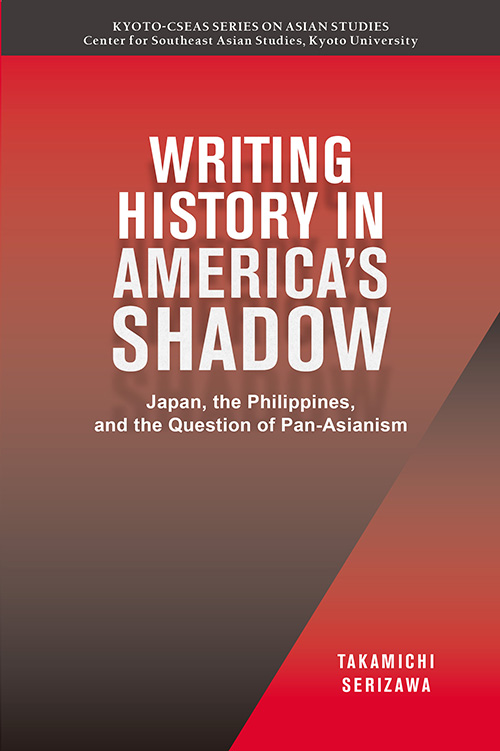Both the Japanese and Filipino people experienced a re-writing of their national histories upon being defeated by the United States; the Philippines after 1902 and Japan after 1945. This rewriting was conducted in order to justify and explain US rule and its ideology of modernization and democracy. These new histories portrayed the immediate past as the dark ages: the Spanish colonial period for the Philippines and Japan’s wartime totalitarianism and militarism.
What kind of dilemmas and contradictions did Filipino and Japanese historians and intellectuals embrace by accepting the US rewriting of their national histories? Did Filipino and Japanese historians interact at all under the US hegemony? The idea of America’s shadow is meant to shed a light on areas of darkness in both Japanese and Philippine historiographies and understanding of their regions.
Through an examination of the commonalities, differences and interactions of Japanese and Filipino histories, ideas of history, modernization theory, and area studies, Serizawa makes an important contribution to sorting through the tangled histories of Asia in the complicated matrix of colonial, wartime and Cold War contexts.
Contents
Preface
Introduction
1. Beyond Orientalism
2. The Politics of Area Studies in the US during the Funding Period: The Cases of Japanese and Southeast Asian Studies
3. The Dilemmas of a Japanese Historian: Yamamoto Tatsuro and the Reconstruction of Southeast Asian Studies
4. Revisiting the Department of Nanyo (South Sea) History at Taihoku Imperial University (1928-40)
5. Japanese Wartime Use of Philippine History
6. In Search of a National Language under the Japanese Occupation
7. Translating Philippine History into Japanese during the Vietnam War Era
Conclusion
Bibliography
Index
